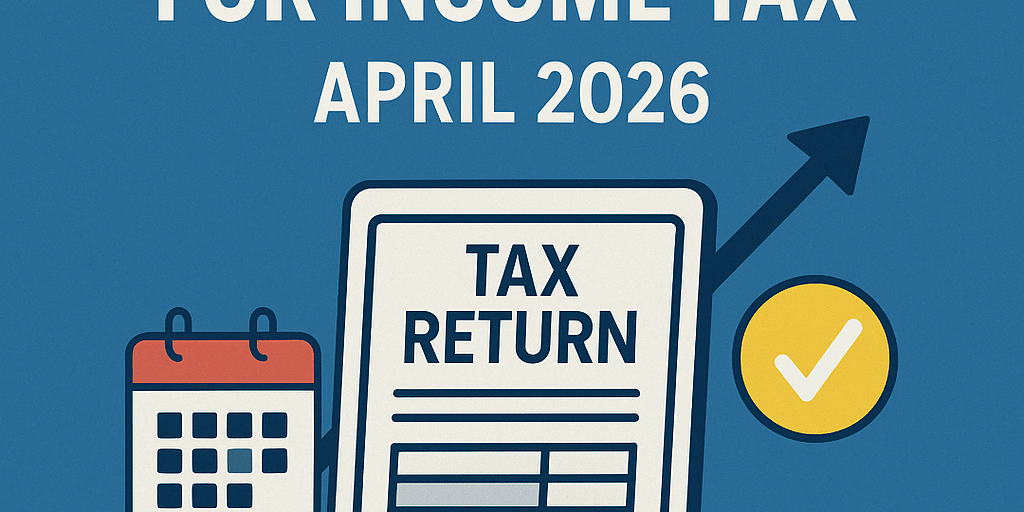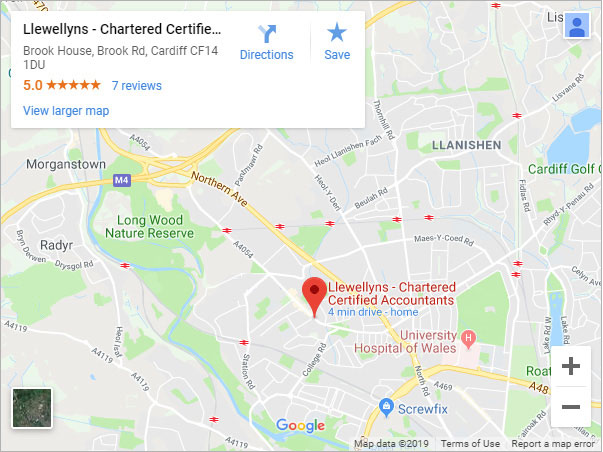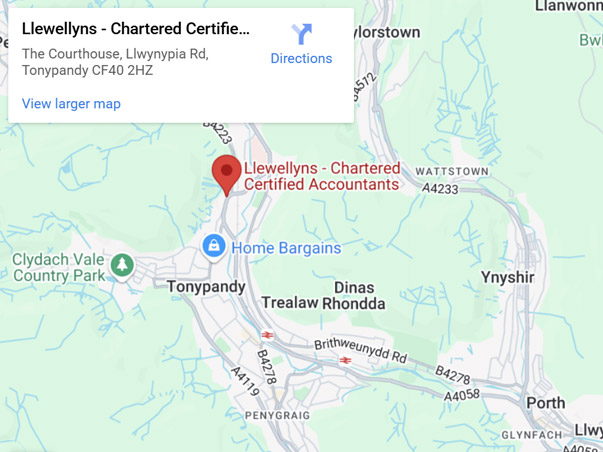Tax Returns Are Changing Forever: What Making Tax Digital Means for You from April 2026
If you’re a sole trader, landlord, or self-employed individual in the UK, your annual tax return is about to undergo its biggest shake-up in decades. From April 2026, Making Tax Digital for Income Tax Self Assessment (MTD for ITSA) will become mandatory — and it means the end of the traditional annual Self Assessment tax return as we know it.
But what exactly is MTD for ITSA? And how will it affect you?
🧾 What Is Making Tax Digital for Income Tax?
Making Tax Digital (MTD) is HMRC’s long-term plan to fully digitise the UK tax system. MTD for VAT has already been rolled out. Next up: MTD for Income Tax, which will change how and when individuals report their income to HMRC.
From 6 April 2026, if you earn over £50,000 per year from self-employment or property, you will need to:
✅ Keep digital records
✅ Submit quarterly income updates
✅ Submit an End of Period Statement (EOPS) and a Final Declaration annually
Those earning £30,000–£50,000 will be brought into the system from April 2027.
💼 Who Does It Apply To?
Self-employed individuals
Landlords (rental income from UK property)
Individuals with combined income from self-employment and property over the thresholds
⚠️ Partnerships and limited companies are not yet included — but are expected to follow in the future.
📅 What Will Change?
Instead of one annual tax return, you’ll now:
Submit updates every 3 months via MTD-compatible software
Send a year-end summary (EOPS) to finalise your income and claim expenses
Make a Final Declaration confirming other income sources (like savings or dividends)
This creates a more real-time view of your tax position — great for planning and budgeting, but it does come with extra admin if you’re not prepared.
🔍 Why Is HMRC Making These Changes?
To reduce errors in tax returns (currently costing billions each year)
To improve efficiency and transparency
To encourage better record keeping and financial visibility for businesses and individuals
🛠️ How Should You Prepare?
Start using MTD-compatible accounting software like QuickBooks, Xero, FreeAgent or similar.
If you’re still using spreadsheets or paper, consider switching now — it’ll save time and hassle later.
Work with an accountant or tax advisor (like us!) to get ahead of the transition.
Make sure you or your agent is registered for MTD in plenty of time.
🧮 What About Costs?
There may be some initial costs in adopting software or upgrading systems, but many small business-friendly solutions are affordable — and the benefits of simplified tax planning and fewer surprises can outweigh the investment.
Final Thoughts: Tax Is Going Digital — Are You Ready?
This isn’t just a small admin tweak. MTD for Income Tax marks a fundamental change in how self-employed people and landlords engage with HMRC. The sooner you start preparing, the smoother the transition will be.
At Llewellyns Chartered Certified Accountants, we’re already helping clients make the switch and stay compliant. If you’re unsure how MTD will affect you, or want help choosing software and setting up your digital records, we’re here to support you every step of the way.
📅 Get in touch today and let’s get you ready for the future of tax!









